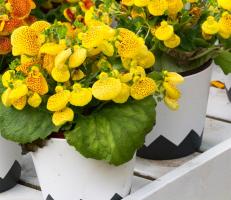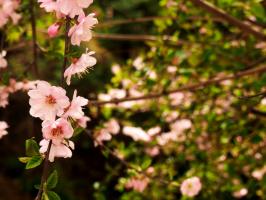1、 Curing method
1. Temperature: the cold resistance of red backed osmanthus is not very high. We need to keep warm in winter. The temperature of normal growth is between 15 ℃ ~ 25 ℃. In winter, we also need to keep the temperature above 15 ℃. If it is lower than 5 ℃, it is easy to get frostbite

2. Watering: Red backed osmanthus likes a humid growth environment. The soil can't be too dry. Generally, it needs to be watered every seven to ten days. Each watering should be sufficient, not half. It needs to be watered thoroughly, but there can't be ponding, because its growth is relatively dense. If ponding appears, it is easy to rot

3. Light: Red backed osmanthus has certain resistance, so it can't be directly exposed to strong light in summer, but it can't be exposed to light. Warm astigmatism can make it grow well, so it can be exposed to light for almost four to six hours a day

4. Fertilization: during the growth process, fertilization needs to be determined according to the growth status of the plant. If sufficient base fertilizer has been applied before planting, there is no need to continue fertilization. If there is no base fertilizer, the nutrients are not enough and the growth will not be very good. At this time, it needs to add fertilizer every month

2、 Breeding skills
1. Propagation: cutting is the main propagation method. Cutting needs to be carried out from March to April. It is OK to select two-year-old to three-year-old branches for direct cutting. The branches should be kept at about 10cm

2. Pruning: as a garden ornamental plant, red backed osmanthus needs to be pruned from time to time, so as to maximize the ornamental value. Pruning can also control the height and cut off some branches and leaves without ornamental value

3、 Diagnosis and treatment problems
1. Disease: leaf blight will occur. Red backed cinnamon is a foliar plant. If the branches and leaves are affected, it cannot play its own role, so it needs to use wettable powder to control it

2. Insect pests: nematodes will appear and be completely eliminated by turning the soil. Carbendazim solution can also be sprayed in the soil

4、 Other issues
1. Toxicity: toxic. The whole plant is toxic. Its juice leaves promote cancer, so pay attention not to eat by mistake

2. Whether it can be raised at home: not suitable. It is generally planted as garden ornamental plants


 jackfruit
jackfruit snake plant
snake plant hibiscus
hibiscus hydrangea
hydrangea lavender
lavender Green roses climb al...
Green roses climb al... If you don't pay att...
If you don't pay att... Management of four g...
Management of four g...


































